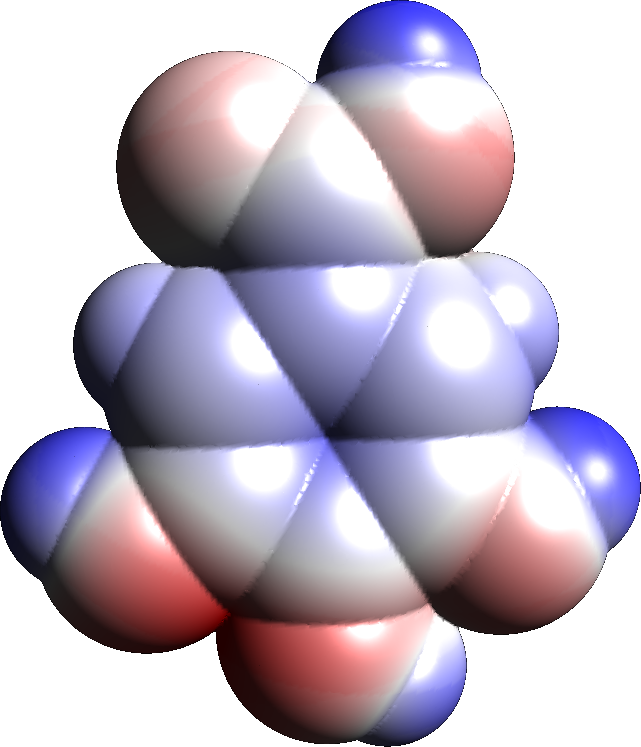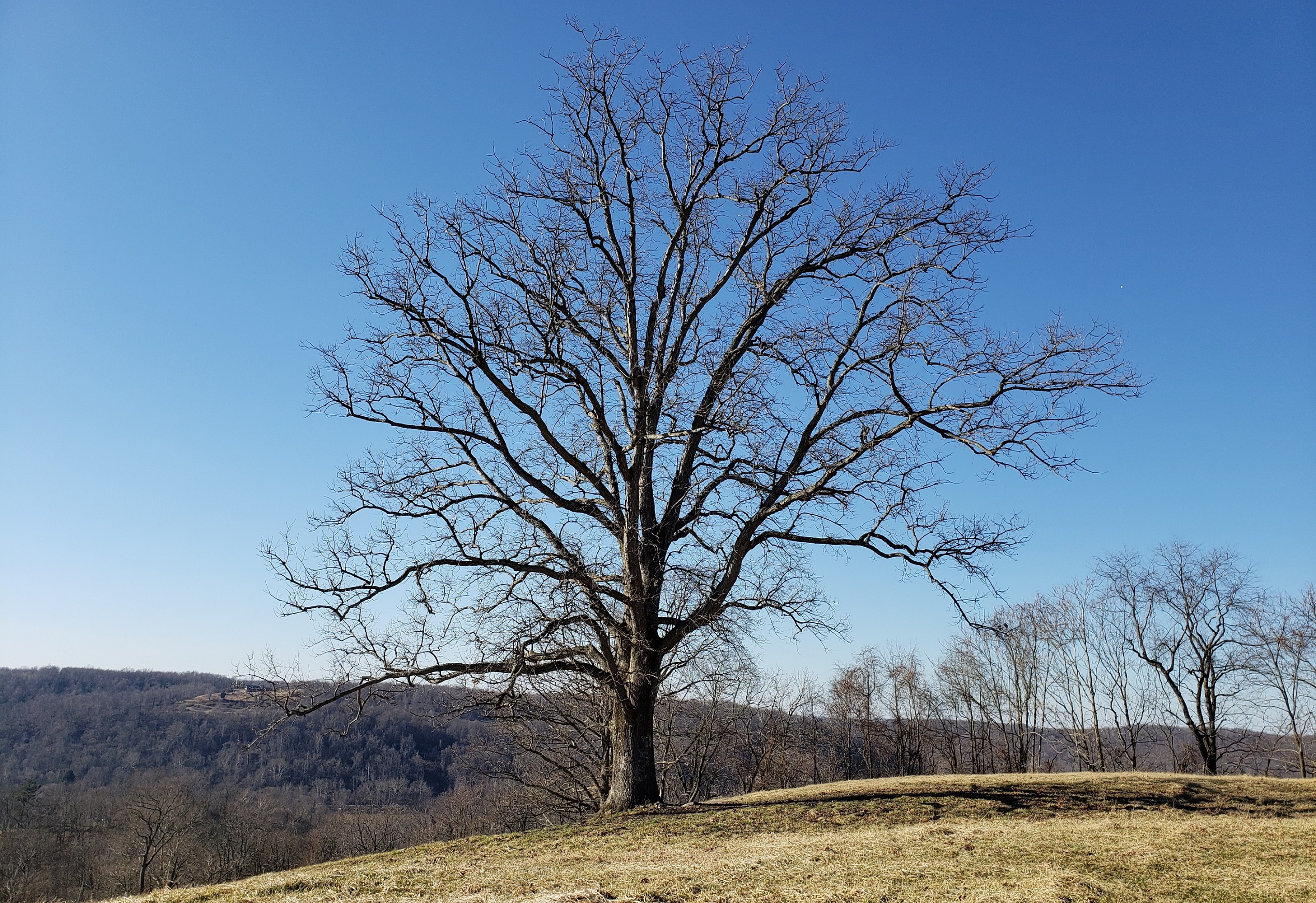|
Glucogallin
Glucogallin is chemical compound formed from gallic acid and β-D-glucose. It can be found in oaks species like the North American white oak (''Quercus alba''), European red oak (''Quercus robur'') and Amla fruit (''Phyllanthus emblica''). It is formed by a gallate 1-beta-glucosyltransferase (UDP-glucose: gallate glucosyltransferase), an enzyme performing the esterification of two substrates, UDP-glucose and gallate to yield two products, UDP and glucogallin. This enzyme can be found in oak leaf preparations. This the first step in the biosynthesis of gallotannins. The molecule is then used by enzymes in the gallotannins synthetics pathway like beta-glucogallin O-galloyltransferase or beta-glucogallin-tetrakisgalloylglucose O-galloyltransferase. β-Glucogallin is aldose reductase inhibitor Aldose reductase inhibitors are a class of drugs being studied as a way to prevent eye and nerve damage in people with diabetes. Mechanism Their target, aldose reductase, is an enzyme t ... [...More Info...] [...Related Items...] OR: [Wikipedia] [Google] [Baidu] |
Gallotannin
A gallotannin is any of a class of molecules belonging to the hydrolysable tannins. Gallotannins are polymers formed when gallic acid, a polyphenol monomer, esterifies and binds with the hydroxyl group of a polyol carbohydrate such as glucose. Metabolism Gallate 1-beta-glucosyltransferase uses UDP-glucose and gallate to produce UDP and 1-galloyl-β-D-glucose. Beta-glucogallin O-galloyltransferase uses 1-O-galloyl-β-D-glucose to produce D-glucose and 1-O,6-O-digalloyl-β-D-glucose. Beta-glucogallin-tetrakisgalloylglucose O-galloyltransferase uses 1-O-galloyl-β-D-glucose and 1,2,3,6-tetrakis-O-galloyl-β-D-glucose to produce D-glucose and 1,2,3,4,6-pentakis-O-galloyl-β-D-glucose (1,2,3,4,6-penta-O-galloyl-β-D-glucose, the common precursor of gallotannins and the related ellagitannins). Tannase is a key enzyme in the degradation of gallotannins that uses digallic acid and H2O to produce gallic acid. See also * List of antioxidants in food This is a list of antio ... [...More Info...] [...Related Items...] OR: [Wikipedia] [Google] [Baidu] |
Gallic Acid
Gallic acid (also known as 3,4,5-trihydroxybenzoic acid) is a trihydroxybenzoic acid with the formula C6 H2( OH)3CO2H. It is classified as a phenolic acid. It is found in gallnuts, sumac, witch hazel, tea leaves, oak bark, and other plants. It is a white solid, although samples are typically brown owing to partial oxidation. Salts and esters of gallic acid are termed "gallates". Its name is derived from oak galls, which were historically used to prepare tannic acid. Despite the name, gallic acid does not contain gallium. Isolation and derivatives Gallic acid is easily freed from gallotannins by acidic or alkaline hydrolysis. When heated with concentrated sulfuric acid, gallic acid converts to rufigallol. Hydrolyzable tannins break down on hydrolysis to give gallic acid and glucose or ellagic acid and glucose, known as gallotannins and ellagitannins, respectively. Biosynthesis Gallic acid is formed from 3-dehydroshikimate by the action of the enzyme shikimat ... [...More Info...] [...Related Items...] OR: [Wikipedia] [Google] [Baidu] |
Glucose
Glucose is a sugar with the Chemical formula#Molecular formula, molecular formula , which is often abbreviated as Glc. It is overall the most abundant monosaccharide, a subcategory of carbohydrates. It is mainly made by plants and most algae during photosynthesis from water and carbon dioxide, using energy from sunlight. It is used by plants to make cellulose, the most abundant carbohydrate in the world, for use in cell walls, and by all living Organism, organisms to make adenosine triphosphate (ATP), which is used by the cell as energy. In energy metabolism, glucose is the most important source of energy in all organisms. Glucose for metabolism is stored as a polymer, in plants mainly as amylose and amylopectin, and in animals as glycogen. Glucose circulates in the blood of animals as blood sugar. The naturally occurring form is -glucose, while its Stereoisomerism, stereoisomer L-glucose, -glucose is produced synthetically in comparatively small amounts and is less biologicall ... [...More Info...] [...Related Items...] OR: [Wikipedia] [Google] [Baidu] |
Quercus Alba
''Quercus alba'', the white oak, is one of the preeminent hardwoods of eastern and central North America. It is a long-lived oak, native to eastern and central North America and found from Minnesota, Ontario, Quebec, and southern Maine south as far as northern Florida and eastern Texas. Specimens have been documented to be over 450 years old. Although called a white oak, it is very unusual to find an individual specimen with white bark; the usual colour is a light gray. The name comes from the colour of the finished wood. In the forest it can reach a magnificent height and in the open it develops into a massive broad-topped tree with large branches striking out at wide angles. Description ''Quercus alba'' typically reaches heights of at maturity, and its canopy can become quite massive as its lower branches are apt to extend far out laterally, parallel to the ground. Trees growing in a forest will become much taller than ones in an open area which develop to be short and mass ... [...More Info...] [...Related Items...] OR: [Wikipedia] [Google] [Baidu] |
Quercus Robur
''Quercus robur'', the pedunculate oak, is a species of flowering plant in the beech and oak family, Fagaceae. It is a large tree, native plant, native to most of Europe and western Asia, and is widely cultivated in other temperate regions. It grows on soils of near neutral Soil pH, acidity in the lowlands and is notable for its value to natural ecosystems, supporting a very wide diversity of herbivorous insects and other pests, predators and pathogens. Description Pedunculate oak is a deciduous tree up to tall, with a single stout trunk that can be as much as in girth (circumference at breast height) or even 14 m in Pollarding, pollarded specimens. Older trees tend to be pollarded, with boles (the main trunk) about 3 m long. They often live longer and become more stout than unpollarded trees. The crown is spreading and unevenly domed, and trees often have massive lower branches. The bark is greyish-brown and closely grooved, with vertical plates. There are often large burrs ... [...More Info...] [...Related Items...] OR: [Wikipedia] [Google] [Baidu] |
Phyllanthus Emblica
''Phyllanthus emblica'', also known as emblic, emblic myrobalan, myrobalan, nelikai, Indian gooseberry, Malacca tree, amloki or amla, is a deciduous tree of the family Phyllanthaceae. Its native range is tropical and southern Asia. Description The tree is small to medium in size, reaching in height. The bark is mottled. The branchlets are finely pubescent (not glabrous), long, usually deciduous. The leaves are simple, subsessile and closely set along branchlets, light green, resembling pinnate leaves. The flowers are greenish–yellow. The fruit is nearly spherical, light greenish–yellow, quite smooth and hard on appearance, with six vertical stripes or furrows. The fruit is up to in diameter, and, while the fruit of wild plants weigh approximately , cultivated fruits average to . Chemical constituents The fruits contain high amounts of ascorbic acid (vitamin C), and have a bitter taste that may derive from a high density of ellagitannins, such as emblicanin A (3 ... [...More Info...] [...Related Items...] OR: [Wikipedia] [Google] [Baidu] |
Gallate 1-beta-glucosyltransferase
In enzymology, a gallate 1-beta-glucosyltransferase () is an enzyme that catalyzes the chemical reaction :UDP-glucose + gallate \rightleftharpoons UDP + 1-galloyl-beta-D-glucose Thus, the two substrates of this enzyme are UDP-glucose and gallate, whereas its two products are UDP and 1-galloyl-beta-D-glucose. This enzyme belongs to the family of glycosyltransferases, specifically the hexosyltransferases. The systematic name A systematic name is a name given in a systematic way to one unique group, organism, object or chemical substance, out of a specific population or collection. Systematic names are usually part of a nomenclature. A semisystematic name or semitrivi ... of this enzyme class is UDP-glucose:gallate beta-D-glucosyltransferase. Other names in common use include UDP-glucose-vanillate 1-glucosyltransferase, UDPglucose:vanillate 1-O-glucosyltransferase, and UDPglucose:gallate glucosyltransferase. References * * EC 2.4.1 Enzymes of unknown structure ... [...More Info...] [...Related Items...] OR: [Wikipedia] [Google] [Baidu] |
Esterification
In chemistry, an ester is a compound derived from an acid (either organic or inorganic) in which the hydrogen atom (H) of at least one acidic hydroxyl group () of that acid is replaced by an organyl group (R). These compounds contain a distinctive functional group. Analogues derived from oxygen replaced by other chalcogens belong to the ester category as well. According to some authors, organyl derivatives of acidic hydrogen of other acids are esters as well (e.g. amides), but not according to the IUPAC. Glycerides are fatty acid esters of glycerol; they are important in biology, being one of the main classes of lipids and comprising the bulk of animal fats and vegetable oils. Lactones are cyclic carboxylic esters; naturally occurring lactones are mainly 5- and 6-membered ring lactones. Lactones contribute to the aroma of fruits, butter, cheese, vegetables like celery and other foods. Esters can be formed from oxoacids (e.g. esters of acetic acid, carbonic acid, sulfu ... [...More Info...] [...Related Items...] OR: [Wikipedia] [Google] [Baidu] |
UDP-glucose
Uridine diphosphate glucose (uracil-diphosphate glucose, UDP-glucose) is a nucleotide sugar. It is involved in glycosyltransferase reactions in metabolism. Functions UDP-glucose is used in nucleotide sugar metabolism as an activated form of glucose, a substrate for enzymes called glucosyltransferases. UDP-glucose is a precursor of glycogen and can be converted into UDP-galactose and UDP-glucuronic acid, which can then be used as substrates by the enzymes that make polysaccharides containing galactose and glucuronic acid. UDP-glucose can also be used as a precursor of sucrose, lipopolysaccharides and glycosphingolipids. Components UDP-glucose consists of the pyrophosphate group, ribose, glucose, and uracil. See also * DNA * Nucleoside * Nucleotide * Oligonucleotide * RNA * TDP-glucose * Uracil Uracil () (nucleoside#List of nucleosides and corresponding nucleobases, symbol U or Ura) is one of the four nucleotide bases in the nucleic acid RNA. The others are adenine ... [...More Info...] [...Related Items...] OR: [Wikipedia] [Google] [Baidu] |
Uridine Diphosphate
Uridine diphosphate, abbreviated UDP, is an organic compound. It is an ester of pyrophosphoric acid with the nucleoside uridine. UDP consists of the pyrophosphate group, the pentose sugar ribose, and the nucleobase uracil. UDP is an important factor in glycogenesis. Before glucose can be stored as glycogen in the liver and muscles, the enzyme UDP-glucose pyrophosphorylase forms a UDP-glucose unit by combining glucose 1-phosphate with uridine triphosphate, cleaving a pyrophosphate ion in the process. Then, the enzyme glycogen synthase combines UDP-glucose units to form a glycogen chain. The UDP molecule is cleaved from the glucose ring during this process and can be reused by UDP-glucose pyrophosphorylase. See also * DNA * Nucleoside * Nucleotide * Oligonucleotide * RNA Ribonucleic acid (RNA) is a polymeric molecule that is essential for most biological functions, either by performing the function itself (non-coding RNA) or by forming a template for the production of prote ... [...More Info...] [...Related Items...] OR: [Wikipedia] [Google] [Baidu] |
Beta-glucogallin O-galloyltransferase
In enzymology, a beta-glucogallin O-galloyltransferase () is an enzyme that catalyzes the chemical reaction :2 1-O-galloyl-beta-D-glucose \rightleftharpoons D-glucose + 1-O,6-O-digalloyl-beta-D-glucose Hence, this enzyme has one substrate, 1-O-galloyl-beta-D-glucose, and two products, D-glucose and 1-O,6-O-digalloyl-beta-D-glucose. This enzyme belongs to the family of transferases, specifically those acyltransferases transferring groups other than aminoacyl groups. The systematic name A systematic name is a name given in a systematic way to one unique group, organism, object or chemical substance, out of a specific population or collection. Systematic names are usually part of a nomenclature. A semisystematic name or semitrivi ... of this enzyme class is 1-O-galloyl-beta-D-glucose:1-O-galloyl-beta-D-glucose O-galloyltransferase. References * * EC 2.3.1 Enzymes of unknown structure {{2.3-enzyme-stub ... [...More Info...] [...Related Items...] OR: [Wikipedia] [Google] [Baidu] |


